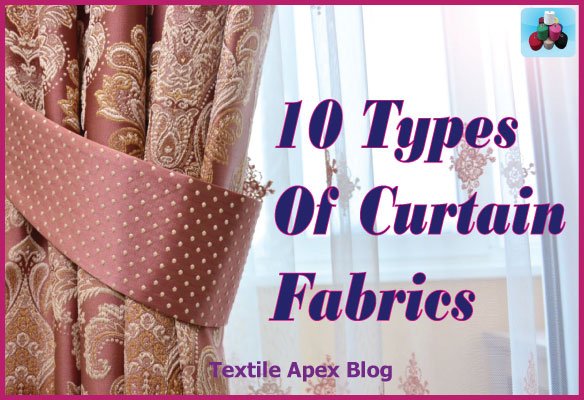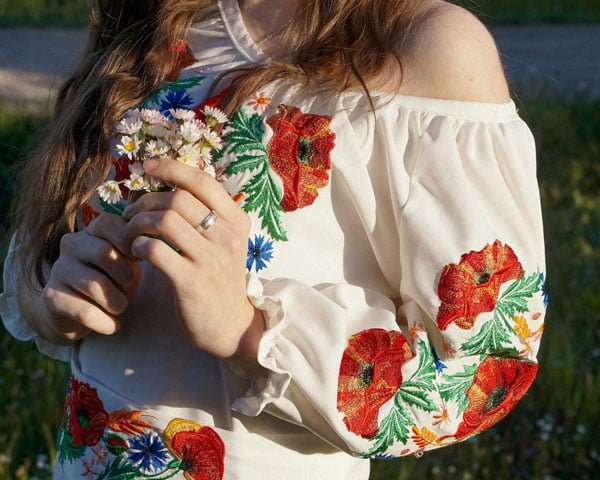Fashion History of Ancient Egypt
Last updated on September 24th, 2023 at 08:49 pm
Among the great civilization of the past, Egypt opens the first record of costumes. Pictures of Egyptian life were painted upon the walls of tombs and temples. These drawings were distinct, with colors fresh and bright. These ancient records tell us about the costumes of the rich and the poor. Egyptians had a belief that life existed after death. That is why they buried the body with necessary things used during the person’s lifetime. These buried and preserved bodies were called the mummies and were put away in the pyramids.

In the earliest periods, they wore no cloths and the upper class wore very little cloths. Gradually clothing became general, with loin cloth as the dress of the peasants and a skirt or an apron adopted by the upper class.
Egyptians lived near river Nile, and became divided into two groups. They generally had a common king. However, at times there were two kings too. The king of the Upper Egypt used to have a white color crown and the king of the Lower Egypt had a red colored crown. If there was a common king, the crown had both the colors.
The dress which was worn during this period was very simple. It consisted of rectangular pieces which were held together by a belt. Egyptians were very religious people. There was a difference in the dress of people of different classes. The lower class people used to wear triangular piece of fabric on their loins. This triangular piece was known as schenti. For the king, the schenti could be embroidered or otherwise decorative. Over it, the king would wear a transparent skirt, called Kalasiris. It had embroidered borders. Sometimes, a number of skirts were worn together. The outer skirt was higher than the lower skirt to show off the embroidery of the lower kalasiris. Men of higher class wore a short simple skirt. The skirt was usually a straight piece of white material, wrapped about the body from right to left so that the edge came in the middle of the front. The skirt later became longer and wider, reaching up to the ankles. Later a second skirt was worn under the skirt. Outer skirt shortened in the front and lengthened at the back. Gradually the under skirt became full and plaited and the upper one evolved into a strip or a sash of linen folded about the hips and tied in front. The manner of adjusting the sash varied.
For festive occasions, the great lords of Egypt wore short skirts with trimmings of gold and golden clasp at the girdle. With the eighteenth dynasty there were many changes in dress. Coarser materials gave way to finer, and cotton and linen began to be extensively used. The volume of dyes seems to have been well known by then. This period witnessed an entrance of a new fashion with covering of upper part of the body and adopting a short skirt as an article of dress. These skirts were usually open on the right hand side, and the arm passed through a short sleeve on the left. This garment gradually evolved into a robe with short sleeves which covered the entire figure.
During the nineteenth and twentieth dynasties, wearing of a long mantle became fashionable. This was draped under one arm and over the other; sometimes over both shoulders and fastened in front over the breast. Later, mantle became short mantilla edged with a fringe.
The women of Egypt kept the hair short and men shaved their head. Wigs were worn to keep the head cool, serving the same purpose as a modern turban. The women of the eighteenth dynasty got away from the stiff conventional form of the past and adopted a more graceful natural arrangement of hair falling in soft curls without concealing the contour of the head. Later the women of twentieth dynasty allowed her wig to fall in heavy mass over each shoulder to the waist. From the most primitive times, the beard was regarded as a badge of manly dignity. In order to command respect, the dignitaries of the country appeared with artificial beards fastened beneath the chain. Members from the royal family wore a covering for the head which was symbolic of office and rank. Besides the royal headdresses, wreathes, colored ribbons, lotus flowers were often twined round the hair.
The Egyptians woman, as woman of other civilizations had her jewels and ornaments, especially earrings, armlets, ankle-rings. Both men and women wore colored embroidery necklaces, bracelets for the upper and lower arm, and anklets of the same material. The influence of ancient Egypt is recognized in the costumes of modern designers. Her contribution in design and ornament has lived through the centuries, and continues to be the inspiration of ever new arrangements and combinations that still hold the interest of humanity.
You may also like: Top 5 Principles of Fashion



